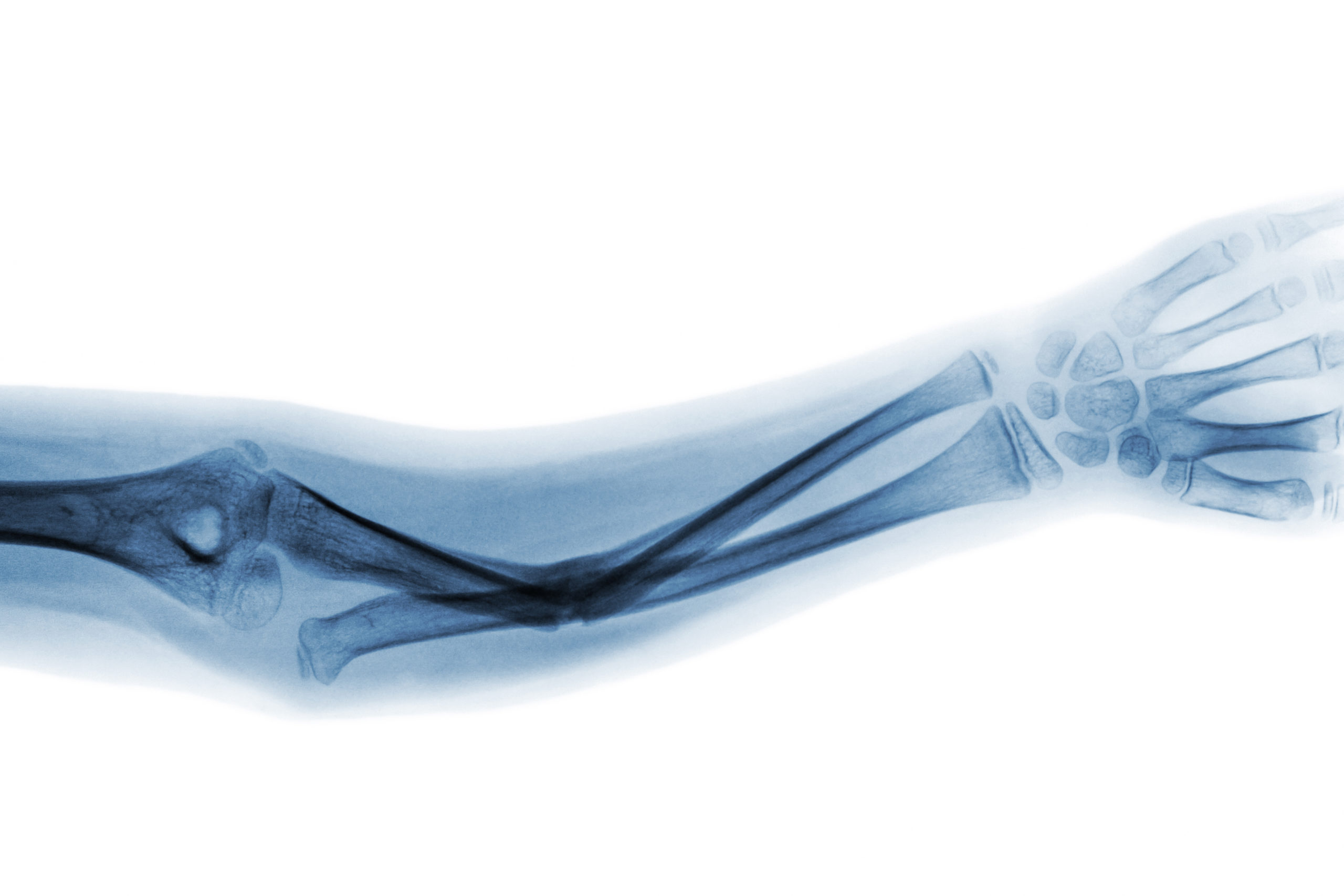
By Chen Li – BAppSc(Phty), Hand Therapy Group Physiotherapist, Accredited Hand Therapist (AHTA), Certified Hand Therapist (USA)
Gone are the days where bulky and heavy white plaster is the only way to treat broken bones.
With clever technology, there are now waterproof casts and thermoplastic splints as treatment options. Let’s take a look at different ways of healing fractures with a plaster of Paris backslab, fibreglass cast and thermoplastic splint, as well as how to best look after each of them.

Plaster of Paris backslabs
A plaster of Paris backslab is the white plaster that has been used since the beginning of the 19th century. Plaster of Paris is made of leno cloth, which easily moulds to different shapes and sizes of the body. When reacted with water, the plaster will harden, providing a stable support to broken bones. It is used commonly today with newly fractured bones or after surgery. This plaster is suitable for acute injuries as it gives room for increase in swelling.

Fibreglass cast
Fibreglass is a synthetic material that is a lighter alternative to plaster casts for treating fractures. It can be waterproof or non-waterproof, depending on the type of lining used underneath the fibreglass material. Like plaster of Paris, fibreglass material hardens when reacted with water. It is more durable than plaster of Paris and comes in different colours.

Thermoplastic splint
Thermoplastic splints can be made out of thermoplastic splinting material to support hand, wrist or arm injuries. The material is activated with heat and is custom-fit as it moulds directly onto the patient. The splint can be secured with velcro or taping materials, making it removal for hand hygiene and exercises. Thermoplastic splinting materials come in different colours, thickness and perforation, and can be remoulded overtime.
Looking after different types of casts and splints
Non-waterproof casts and plaster of Paris backslab (or plaster cast) need to be kept dry at all times. If you’re having a shower, you need to cover it with a plastic bag. Some chemists sell reusable cast protectors that you can use in the shower. Waterproof casts need to be wet every day in the shower to maintain skin integrity. You should definitely avoid getting it wet at the beach, however, as the sand will not drain out from the cast.
Thermoplastic splints will change shape or melt in the heat, so avoid leaving the splint in the car or putting it near a heater, hair dryer or oven. It can get wet with cold water or be removed for a shower. If your splint is for a hand or arm injury, check with your Hand Therapist if you are able to remove the splint for hand washing or exercises.
 For more information on how to care for your cast or splint, the team at Hand Therapy are always available to help. Call your local clinic today, or click here to submit an enquiry.
For more information on how to care for your cast or splint, the team at Hand Therapy are always available to help. Call your local clinic today, or click here to submit an enquiry.

